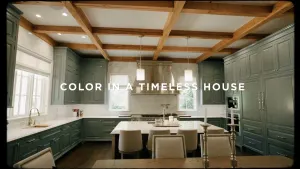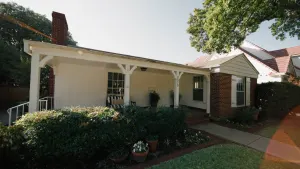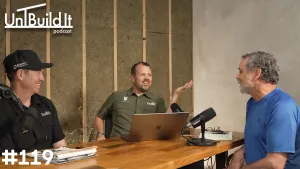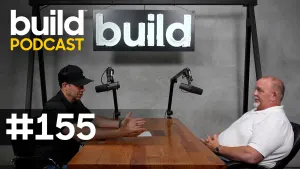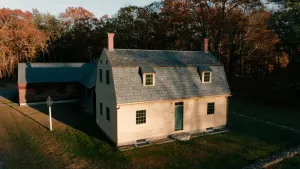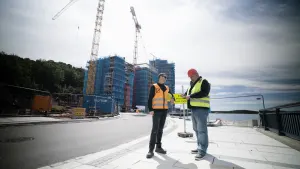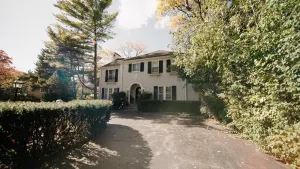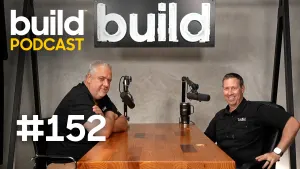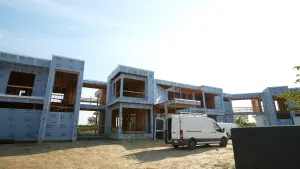Four Building Restoration Methods─Moving from Old to New
Sponsored by Prosoco
Four Building Restoration Methods─ Moving from Old to New
Our buildings are an expression of our past, our values, goals, and a celebration of the period in which original construction took place. In an attempt to keep these structures viable, there are several approaches to reinventing or dramatically affecting the life of a building, including retrofit, rehab, restoration, and adaptive reuse. While there is often overlap in the use of the words, they all are, in effect, different ways to restore a structure—taking old and making it new.
Each of the four methods represents a renovation process with different goals, outcomes, expenditures, and challenges. Successful execution of each method relates to the level of authenticity achieved when moving from old to new.
Retrofit - This describes the modification of an existing structure, often to increase energy efficiency, decrease energy demand, or even to make the building safer, such as in making it resistant to seismic activity, ground motion, or soil failure (liquefaction) due to earthquakes. Energy-efficiency retrofits, for example, often reduce operational costs, while making the structure attractive to potential renters. Common challenges include lack of documentation, obsolete systems that create integration woes and equipment that has long passed its useful life.
When the Portland, Oregon 1916 Glasswood building was in dire need of a retrofit, an amazing transformation resulted (See Case Study).

Rehab - Rehabilitation creates an extension of a property’s use combined with preserving historical or architecturally valuable features. Rehab attempts to only minimally change the property physically, while its character is preserved. The property will be used as it was historically or be given a new use that requires minimal change to its distinctive materials, features, spaces, and spatial relationships. All attempts are made to avoid removing or altering the craftsmanship to the point that if there is severe deterioration, necessary alterations match the original and changes are documented. Challenges with rehab projects include structural issues, toxic material replacement and the lack of documentation.

Seventeen University of Kansas architectural students tackled a 6,600-square-foot space in KU’s Chalmers Hall as part of a design-build program. The result—an amazing floor rehab (See Case Study).
Restoration - Restoration attempts to preserve the legacy of the property, returning the building to its original or an improved condition. Restoration celebrates craftsmanship, heritage, sustainability and beauty, preserving it for subsequent generations. In this case, approaching a restoration as a holistic effort requires addressing challenges, including the root causes of decay or problems, material chemistry, and an approach that identifies the best possible repair path, with effective methods and product use so that true restoration takes place, and lasts.

Image Credit: Ashley Tullis Photography
Restoration of the 1930’s Fort Worth Post Office has rekindled both attention and appreciation for the structure (See Case Study).
Adaptive reuse - The reuse of an existing building for a purpose other than which it was originally built that converts the building and optimizes the combination of modern technology and such historic features as tall ceilings and the use of natural light. Adaptive reuse takes the best of yesterday’s buildings and makes them relevant for today. Geographic areas that practice adaptive reuse remain connected to a past that is valued, stories that are celebrated, and crafts and skills that have all but disappeared. Challenges involve requirements triggered by a change in use, approvals, and even the massive scale of such projects.
Transforming a luxury department store to high-end apartments in downtown Cleveland, Ohio, involved more than a simple face-lift (See Case Study).
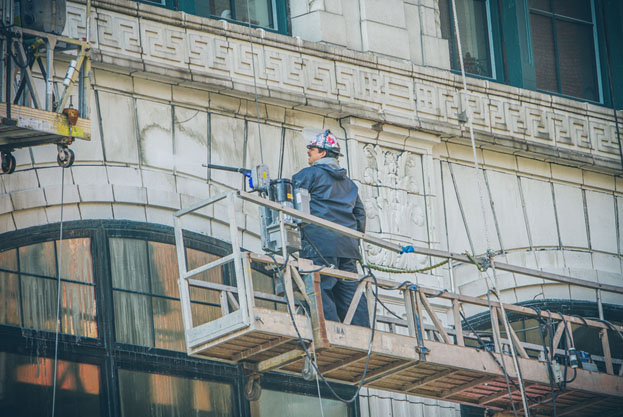
Although there are a wealth of projects covering all types of old-to-new construction, adaptive reuse is gaining ground. Building owners increasingly opt for a change of purpose over demolishing an old structure, which is ultimately a more efficient and cost-effective way to stay up to date with the needs of modern commerce. This is especially true in cities where warehouses and factories have lasted beyond their old useful life. The result is not just a renovation of a structure, but a revitalization of an area.
Supporting the evolution of building upgrades and renovation are advanced products that facilitate the move from old to new, bringing buildings up to date while delivering energy efficiency, durability, and environmentally sound structures. From deep energy retrofits, façade and structural stabilization, floor rehabilitation, exterior cleaning methods that revive the beauty of yesterday’s masonry to energy-efficient building envelopes and blower door tests, PROSOCO enables the effective move from old to new, while ensuring the renovation is based on sound technology that will last long into the future.

 Share on facebook
Share on facebook Tweet
Tweet Email
Email Share on Linkedin
Share on Linkedin







